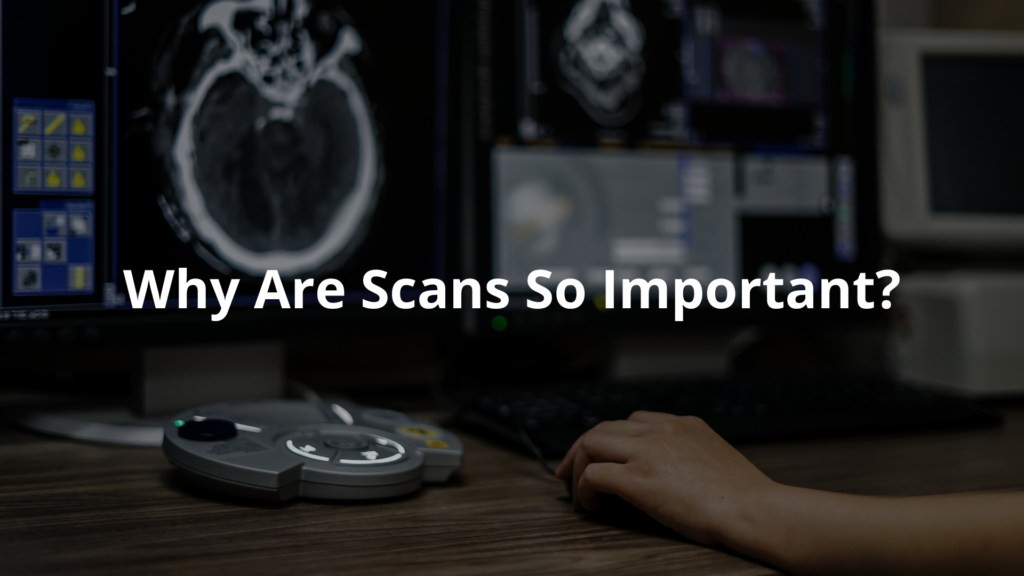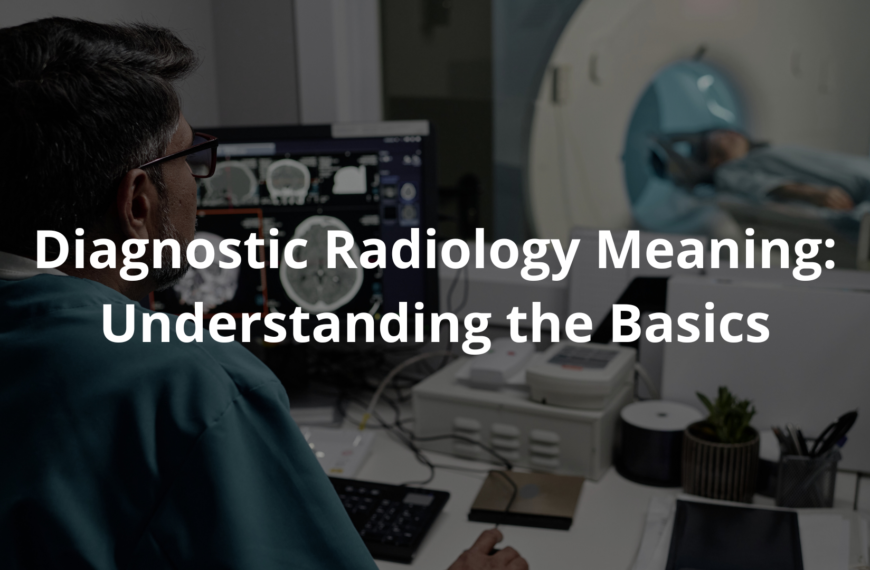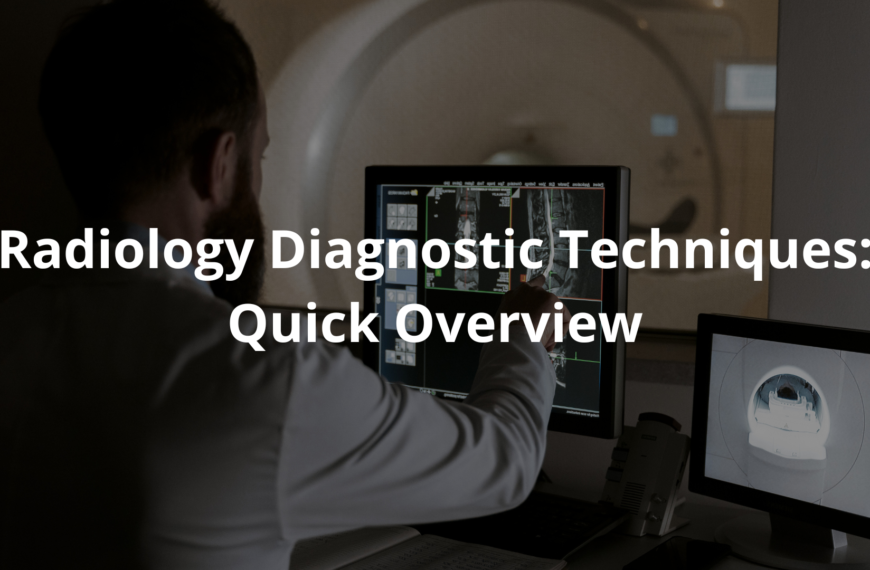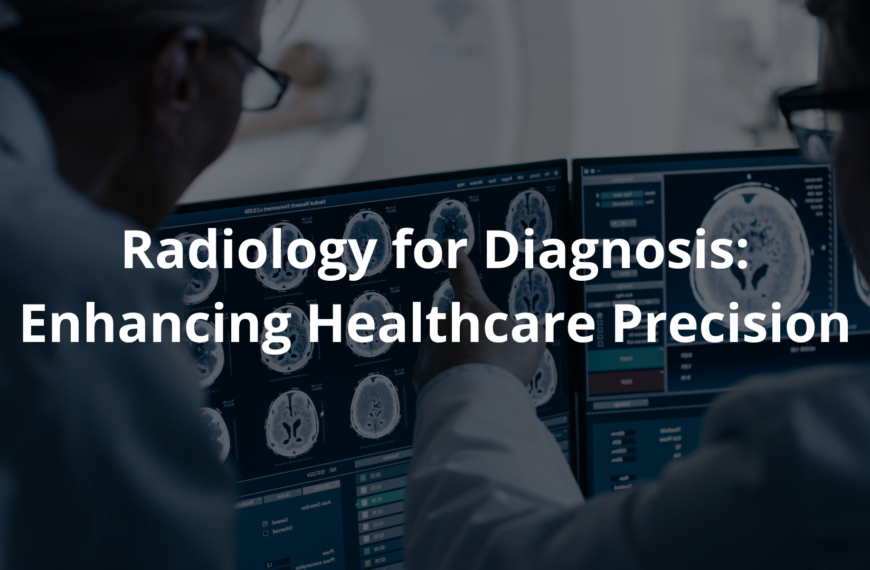Find out everything you need to know about common diagnostic scans and their health benefits.
When kids think about a doctor’s check-up, they sometimes feel a flutter of nerves. It’s just a routine thing, but the unknown can be scary. Take a boy who falls off his bike, for example. He’s anxious about getting a CT scan. But really, those scans are like helpful friends for doctors. They’re quick and reveal what’s happening inside the body, like looking through a magic window.
These scans can catch problems before they grow serious, and that’s crucial for staying healthy. So, let’s dive deeper into some common diagnostic scans and how they can make a difference for everyone.
Key Takeaway
- Diagnostic scans help doctors see inside our bodies.
- Different types of scans are used for different reasons.
- Knowing what to expect can help ease any worries about getting scanned.
Types of Common Diagnostic Scans
CT Scans
CT scans, or computed tomography scans, are some of the most popular types of diagnostic scans. They work by using X-ray equipment to take pictures of the inside of our bodies from many angles. Then a computer takes all those pictures and stitches them together to create detailed images. This is super helpful for doctors because it allows them to spot things like bone fractures or issues with organs.
For instance, when Tom’s uncle had a stomach ache, he went to the hospital and got a CT scan. The scan didn’t take long at all! The doctor looked at the images and found some inflammation. Because they could see what the issue was, he got the right treatment quickly. Isn’t it amazing how much a CT scanner can reveal? It’s like having a superpower that lets doctors see what’s going on inside us!
MRI Scans
Now, MRI scans, or magnetic resonance imaging scans, are a bit different. They use a strong magnet and radio waves to create images of the inside of the body. One cool thing about MRIs is how well they see soft tissues, like muscles and the brain.
When Lily hurt her knee playing soccer, the doctor ordered an MRI to check for any tears. She was a bit nervous at first because the machine makes loud noises, but she got to listen to music while it worked. The images came back clear, and the doctor said she just needed some rest. This kind of scan is super helpful because it lets doctors see details that other scans might miss.
PET Scans
Then, there are PET scans, which stands for positron emission tomography scans. These scans are pretty special because they show how our organs are working, not just what they look like. Doctors use PET scans to check for conditions like cancer or to see how well treatment is working.
A friend’s mum had a PET scan to check for breast cancer. She had to receive a small amount of a special substance called a contrast agent, which helps create clearer images. It was a tough time for them, but getting the scan was a necessary step to help the doctors plan the best treatment. It’s fascinating how PET scans can show doctors what’s happening at the cellular level!
Ultrasound
Ultrasound scans are another interesting type of scan. They use sound waves to create images and are often used for babies in their mum’s tummy. But they can also check other soft tissues.
A friend of mine had an ultrasound recently to check for gallstones. The technician put some gel on her belly and used a small device called a transducer to take pictures. The images showed that everything was okay, which made her very happy! Ultrasounds are non-invasive, meaning they don’t hurt, and they can show quite a lot about what’s happening inside without needing to go through any surgery.
X-rays
X-rays are probably the most well-known type of scan. They work by using a small amount of radiation to see bones and some organs. If someone breaks a bone, the doctor will likely order an X-ray to see how bad it is.
I remember the time Jamie thought he broke his finger from playing basketball. He went to the hospital and got an X-ray. It turned out to be just a bruise! The X-ray helped the doctor confirm that his bones were fine. X-rays are quick and often just take a few minutes, making them a popular choice for doctors needing to see what’s going on inside.
Bone Scans
Bone scans are another important type of imaging. They help find bone fractures or check how bones are healing. The way this works is quite interesting! Doctors inject a small amount of a radioactive substance into a vein, which helps create images of the bones.
Tom’s granddad had a bone scan after he fell and hurt his hip. The scan showed that his bones were healing well, which was a relief for everyone. Bone scans can be really helpful for doctors to monitor bone health and see if there’s any ongoing issue that needs to be addressed.
ECGs and EEGs
Lastly, there are ECGs and EEGs. An ECG measures the heart’s electrical activity, while an EEG measures the brain’s activity. These scans help doctors understand how well these important organs are working. [1]
A schoolmate of mine had an EEG because she was having seizures. The test helped her doctors figure out the best medicine for her. It’s impressive how technology can help diagnose conditions just by looking at the activity in these organs.
Understanding the Process
When someone goes for a scan, the process is usually pretty straightforward. You might lie down on a comfy exam table, and the technician will tell you what to do. Some scans need you to stay still for a little while, but they don’t hurt at all. It’s super important to ask questions if you feel nervous – the staff is there to help!
Most scans are safe, but there are some risks, especially with radiation exposure for X-rays and CT scans. Doctors try to use the lowest dose possible to keep patients safe. If someone is worried, talking to their doctor can help. They can explain the benefits and risks involved with different scans.
What Can You Expect?
Before a scan, your doctor might ask you to do a few things. Some scans require you to avoid eating or drinking for a while. Others might need you to wear special clothes. If a contrast agent is needed, they’ll explain how it works and if you have to stay at the clinic for a little while afterward. [2]
When getting a scan, it usually doesn’t take long. For example, a CT scan can be done in just a few minutes, while an MRI might take a bit longer. It’s a good time to think about something fun or listen to music to relax.
After the scan, the images will be sent to your doctor, who will discuss the results with you. They can explain what the images show and what steps to take next. Knowing what to expect can help patients feel much more comfortable about the whole process.
Why Are Scans So Important?

Diagnostic scans are crucial for early detection of diseases like cancer or heart issues. They help doctors figure out the right treatment for patients. For example, a PET scan can show if cancer has spread, which can change how a doctor approaches treatment.
When Sarah’s neighbour was diagnosed with cervical cancer, her doctor used scans to monitor her progress closely. The Cancer Council in Australia emphasises the importance of these scans for early detection. The sooner someone finds out about a problem, the better the chances of treating it successfully. It’s like catching a small leak in your house before it turns into a big flood!
So, if you or someone you know is getting a scan, just remember to ask questions and be calm. They’re just tools to help doctors help us!
FAQ
What are the different types of diagnostic imaging tests available, and how do medical professionals use them?
Medical imaging includes various tests and scans like MRI scans, CAT scans, and ultrasound imaging. Healthcare providers use these imaging techniques to view the inside of your body and check organs and tissues for potential issues. Each imaging method serves different purposes in helping diagnose various medical conditions.
How do magnetic field and high frequency sound waves help in diagnostic imaging?
MRI scans use magnetic fields to produce images of soft tissue and body structures, while ultrasound imaging uses high frequency sound waves to create real time images of body parts. Neither of these primary diagnostic methods uses ionising radiation, making them safer options for viewing internal structures.
What’s the difference between diagnostic methods that use contrast agents versus those that don’t?
Some imaging procedures require contrast dye or radioactive material in small amounts to help show blood vessels and internal organs more clearly. Others, like ultrasound imaging, can show blood flow and body structures without contrast agents. Your healthcare provider will choose the most appropriate imaging technique based on what they need to see.
How do imaging technologies help diagnose cancer and heart disease?
Medical professionals use various imaging techniques to diagnose cancer and examine breast tissue. These diagnostic methods also help monitor heart disease by showing blood flow through blood vessels. Different types of imaging can examine internal structures in detail, helping create a thorough diagnostic picture.
What are common side effects and risk factors to consider with diagnostic imaging tests?
While imaging procedures are generally safe, some types involve radiation dose exposure. Common imaging concerns include reactions to contrast agents and exposure to ionising radiation. Open MRI options are available for those who feel claustrophobic. Your healthcare provider will discuss specific risk factors based on the type of scan you need.
What happens during imaging procedures when doctors need to view the inside of specific organs and tissues?
Medical imaging helps medical professionals see specific body structures clearly. Sometimes they use a flexible tube with a camera for closer views, while other imaging techniques might require you to lie still while machines produce images. The specific diagnostic method depends on which body parts need examination.
How do I prepare for diagnostic tests and find a doctor who provides imaging services?
Your healthcare provider will give specific instructions before any diagnostic imaging tests. Some tests might require blood tests beforehand, while others might need you to avoid eating. They’ll explain whether you’ll need imaging services with nuclear medicine approaches or other diagnostic methods.
Wrap Up
Common diagnostic scans are pretty amazing tools that help doctors look inside our bodies. They provide important information for diagnosis and treatment. Whether it’s a CT scan, MRI, or ultrasound, each one has its own purpose. If you ever need to get a scan, just remember it’s a way for doctors to help you feel better. Don’t hesitate to ask questions and stay calm, because taking that step plays a big part in keeping everyone healthy!
References
- https://www.healthdirect.gov.au/diagnostic-tests
- https://www.health.gov.au/topics/diagnostic-imaging/about




